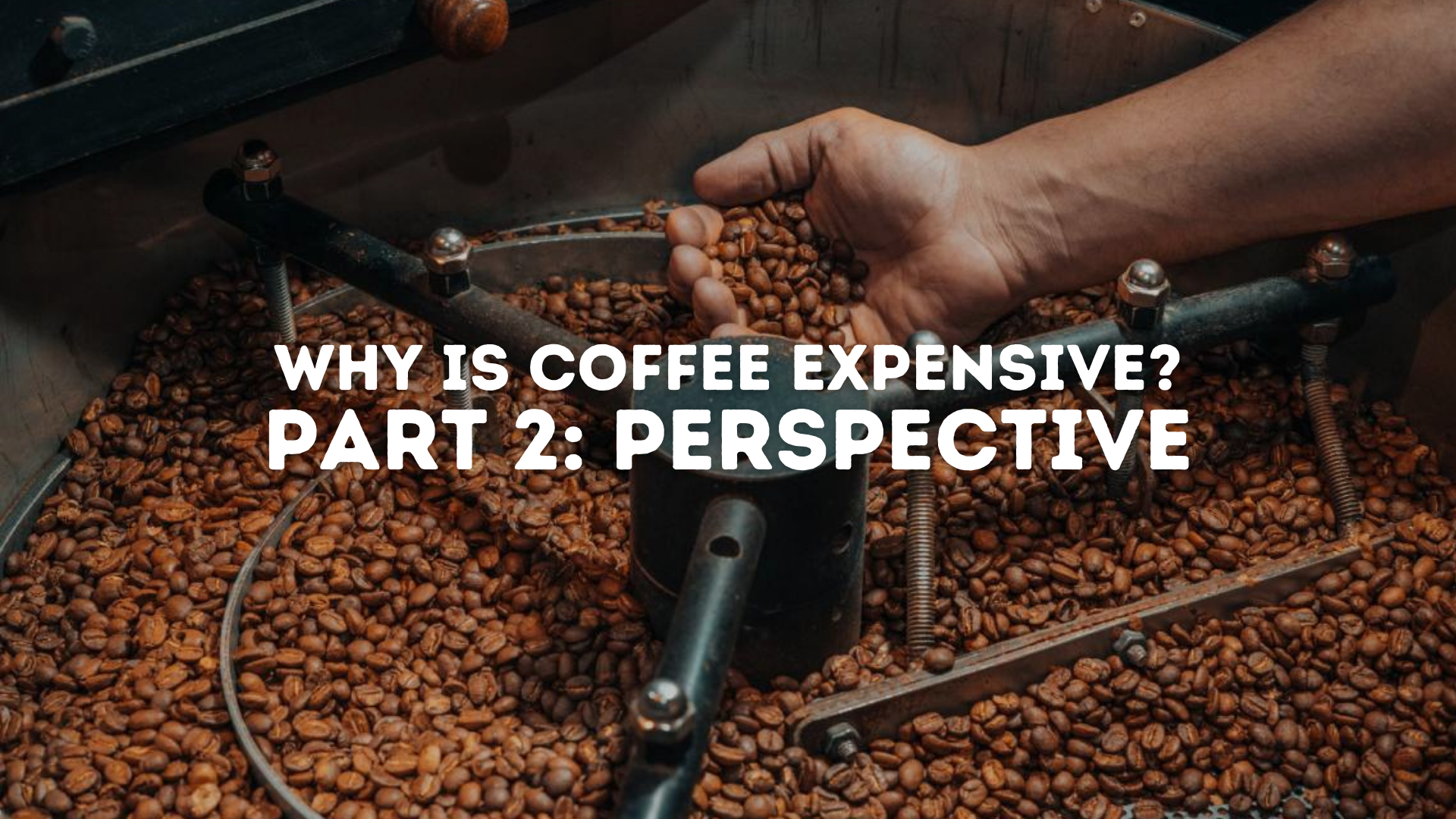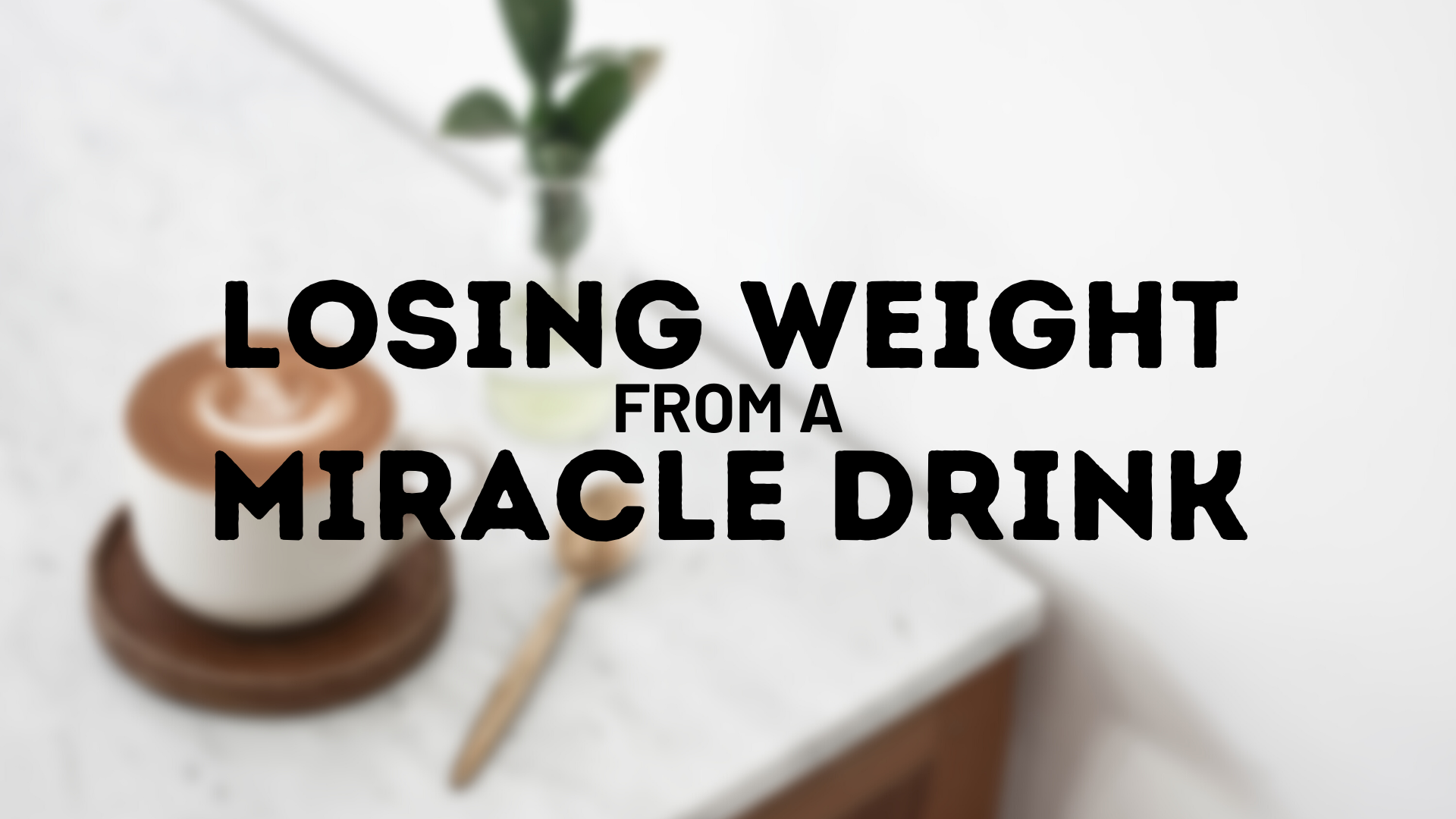This seems to be THE question so many consumers are asking amidst the current price hike the industry is seeing and an issue that so many consumers seem to not be able to deal with.
What if I told you that coffee STILL doesn't cost enough? What if I told you that our perspective of this delicious drink has been so manipulated for decades that we are blinded to the truth?
Let's lift the veil on the coffee industry and see exactly WHY coffee NEEDS to be expensive and the steps that so many people go through just for you to be able to sip your much needed 8oz cup of coffee on a monday morning.
Before we do, let’s start with the WINE industry, and how many steps it takes to produce a single bottle of wine.
People often compare the two practices, however the price margins are vastly different.
(For any connoisseur reading this I would like to preface that there is indeed nuance and skill that goes into each one of these steps, I am merely simplifying both industries down to the barebone steps of preparation.)

It will take roughly 2-3 years for a grape vine to get to maturity to produce grapes. Caretakers will be tending to the vines, soil maintenance and pest control.

Harvesting can be done in two ways: By hand or by machine. If you have bought any bottle of wine that has been hand picked you can place another zero on that end of that price tag IMMEDIATELY!

People actually PAY to do this part themselves! As a tourist activity people will do all the work jumping into the vat and crushing the grapes themselves. So not only are you doing most of the work, you are spending money to do this also! However most bottles just get crushed on mass by machines.

Next the crushed grapes go to the press, where every last drop of liquid is squeezed out! It is then stored in wine barrels ready to sit and ferment.

However long it takes to ferment wine is up to the type of wine you are making, however the barrels are stored in a cool and dark place for lengths of time. Sitting and waiting.

It’s now time to pour out the now fully fermented wine, and drain it through filters to get all the remaining chunks, sediment and other sludge left behind.

Time to bottle up the final product and send it away for consumption. This can go anywhere in the world and last a considerable amount of time on the shelf. Open the top and away you go.
It takes the best part of 7 STEPS to make a bottle of wine. I’m sure you could get nitty gritty, but as a basic overlook, 7 is the magic number.
Let’s take the same level of nitty gritty-ness and apply it to the coffee industry.

It takes up to 5 years for a coffee tree to even START going coffee cherries. These trees are incredibly fussy about the rainfall, climate, altitude and are pretty much allergic to the 21st century. The amount of care needed to keep these trees healthy and ready to produce fruit is astounding.
 So far pretty similar. The difference between step 2 is that almost all coffee grown in the world is hand picked. There are some major chain companies that use machine picking, but the VAST majority of coffee produced in the world are picked BY hand!
So far pretty similar. The difference between step 2 is that almost all coffee grown in the world is hand picked. There are some major chain companies that use machine picking, but the VAST majority of coffee produced in the world are picked BY hand!

After the harvest, all of the cherries are sorted BY HAND into their different categories. Size, defects, colours, anything that could make the cherry taste bad is hand sifted and sorted.
 There are multiple different ways to process coffee, with the two biggest methods being NATURAL or WASHED. Each requires different skill sets and equipment to process and prepare the seeds (coffee beans) for further treatment. These processes can take up to 21 days of constant labour and work.
There are multiple different ways to process coffee, with the two biggest methods being NATURAL or WASHED. Each requires different skill sets and equipment to process and prepare the seeds (coffee beans) for further treatment. These processes can take up to 21 days of constant labour and work.

Once the coffee beans are all processed and ready to go, they are taken to a milling station where workers then continue to depulp and clean up the beans by taking off the parchment which is the leftover layers on the bean.

At the milling station, the now fully processed beans go in the “JIGGLE BELT” where they are sorted into sizes, fully brushed off of any remaining bits of cherry or husk.

Finally the coffee beans (still green) are bagged and exported ACROSS the world. The beans are bagged into 70kg sacks and then transported via cargo ships ready for roasters or distributors to purchase. Sometimes they could even go through another middle man before the roasters can even touch them.
If the beans were destined to be decaffeinated, the beans could end up in multiple facilities across the world for additional processing. These processes come with different price tags whether or not they use chemical treatments or a more natural water wash.

The green beans have arrived at the roastery, where the master roaster can work their magic with creating recipes for blends and single origin roasts. Many of you probably think “I can roast at home in my popcorn maker” and you would be wrong. That is just like cooking a wagyu steak in the microwave. Roasting is CRUCIAL to the flavours of the bean and can RUIN even the most expensive if not roasted to perfection. Which is why a master roaster is the most important part in a coffee business’s toolkit.

Now the coffee is looking like what we know and love. Beautiful golden brown roasted bean that smells delicious. However, it can be drunk as is. You are going to have to grind up these beans and pass it through so many more steps to get it tasting brilliant.
You need skilled baristas, expensive equipment and the perfectly dated coffee so it won't be too fresh or too old to drink. By the time you are actually drinking your coffee (made by yourself or bought) you are looking at another 5 step process just to get it into a CUP! A process that many may know can still be stuffed up and ruin all the hard work put in thus far.
That’s 9 major steps and about 15 or so minor steps to get your coffee to you. These steps aren't just completed by one vineyard like in wine. These steps are completed through hundreds of different hands, all with vital roles in getting the coffee from farm to cup.
The issue is that unless you are as fascinated about coffee as we are, you will NEVER know any of the processes that go into making your coffee.
You will never know if it's natural or washed, you will never know what quality score it is and WHY it costs as much as it does. The coffee industry is reeling because of the major chains locking the prices low and delivering terrible quality coffee under the guise of what we are taught to believe is what coffee should be.
Lift the veil, ask questions, and know what you are drinking. Coffee has been embedded in every culture on earth for thousands of years and only now is the time we can finally do it justice.
So the next time you stop and think about the price of coffee, think of giving $1 to every person who has had a hand in getting that coffee to you, you might think twice about complaining.





